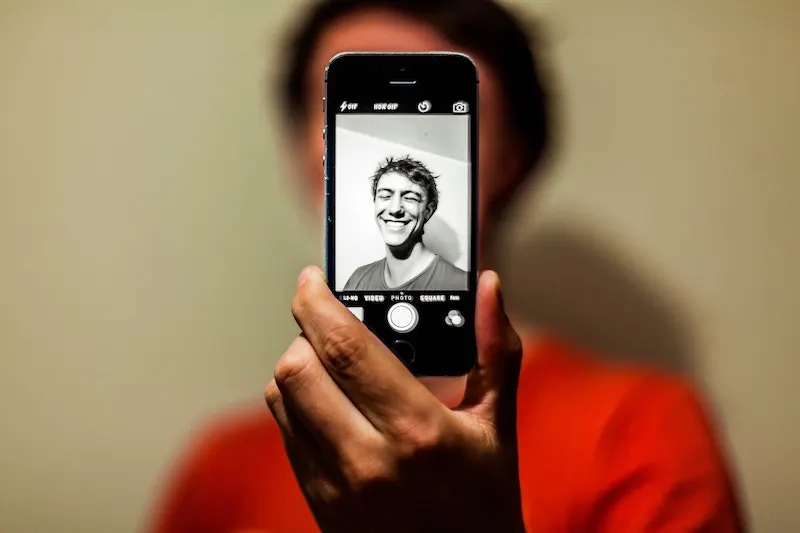Face recognition is a technology that has gained increasing attention in recent years. It is used in various applications, including security, social media, and photography. In the context of photography, face recognition is a powerful tool that can help photographers to manage their photo collections efficiently.
This technology has enabled photographers to ease their workflow by recognizing and analyzing the faces of their subjects. In this article, we will explore the various applications of facial recognition in photography.
Table of contents
How Does Facial Recognition Work in Photography?
With face recognition technology, photographers can automatically detect and tag faces in their photos. This can save photographers a significant amount of time, as they no longer have to manually go through their entire photo collection to organize their photos. Instead, they can use face recognition software to automatically sort their photos by person, making it easy to find photos of specific people.
Facial recognition technology uses algorithms to identify and verify a person’s identity based on their facial features. These algorithms work by analyzing key facial features, such as the distance between the eyes, the shape of the nose, and the contours of the face, to create a unique facial template. Once the template has been created, it can be used to match the person’s face with other images in a database, allowing for quick and accurate identification.

Different Applications of Face Recognition in Photography
In the world of photography, facial identification technology has a wide range of applications. One of the most obvious is in portrait photography, where photographers can use the technology to capture images that are perfectly focused on the subject’s face. By analyzing the person’s facial features, the camera can adjust the focus and exposure settings to ensure that the face is in sharp focus and well-lit, while the background is blurred to create a beautiful bokeh effect.
Facial recognition technology can also be used to identify and tag people in images automatically. This is especially useful for large photo collections where it would be impractical to manually tag every photo. By using facial recognition technology, photographers can quickly identify the people in their images and tag them with their names or other identifying information. This makes it easier to organize and search through large photo collections and can save photographers a significant amount of time.
Another use for facial recognition technology in photography is in event photography. Photographers who cover events, such as weddings or corporate functions, can use the technology to quickly identify and capture images of key people, such as the bride and groom or the CEO of a company. This can be especially useful in situations where time is limited, and the photographer needs to move quickly to capture all of the important moments of the event.
Benefits of Facial Recognition in Photography
This technology can provide many benefits for photographers, including:
- Saving time: By automatically tagging people in photos, photographers can save time on the manual task of tagging photos themselves.
- Improved organization: With facial recognition, photos can be automatically sorted and organized based on the people who appear in them, making it easier to find specific photos.
- Better user experience: Facial recognition can help provide a better user experience for photography websites and apps by making it easier for users to find and view photos of themselves and others.
Concerns with Facial Recognition in Photography
While there are many advantages to using facial identification in photography, there are also some considerations to keep in mind. One of the primary concerns is privacy and security. Facial recognition technology can potentially be used to identify individuals without their consent or knowledge, raising concerns about surveillance and privacy violations, or simply people who may not want their faces to be recognized and tagged in photos without their permission.
Another consideration is the potential for bias in facial recognition algorithms. Research has shown that these algorithms can be biased against certain groups, such as people of color and women, which can lead to inaccurate or unfair outcomes.
It is essential for photographers and developers of face identification software to consider these concerns and take steps to address them. This may include implementing strict data privacy policies, ensuring that algorithms are regularly audited and tested for bias, and educating users on the potential risks and benefits of this technology.
Solutions with Face Recognition for macOS
There are several software applications available for Mac that provide facial recognition and the ability to tag people in photos. Here are some popular options:
- Apple Photos App: This app comes pre-installed on all Macs and provides facial recognition and tagging features. The app automatically recognizes faces in photos and allows you to tag them for easy organization and searching.
- Google Photos: This free app from Google provides facial recognition and tagging features. The app uses advanced algorithms to automatically recognize faces and group them together. You can then manually tag people in your photos to further improve the accuracy of the recognition.
- Adobe Lightroom: This photo editing software provides facial recognition and tagging features as part of its library management system. The app can automatically recognize faces in photos and allows you to tag them for easy organization and searching.
- Peakto: If a photographer needs to consolidate multiple photo catalogs from different sources such as Apple Photos or Lightroom and locate all the tagged individuals, they can utilize Peakto. This universal cataloger gathers all the photos in a single application while providing a centralized search and a visually appealing display, enabling users to uncover hidden gems within their collection.
- Apple’s Aperture: This professional-grade photo editing and management software has been discontinued by Apple but still works with Mac OS. It provides facial recognition and tagging features that can help you organize your photo library.
Conclusion
Facial recognition is becoming increasingly common in many different fields, including photography. While there are concerns about privacy and security, facial recognition can provide many benefits for photographers, including improved organization and a better user experience. As facial recognition technology continues to develop, it will be important for photographers to consider the ethical implications of using this technology in their work.









